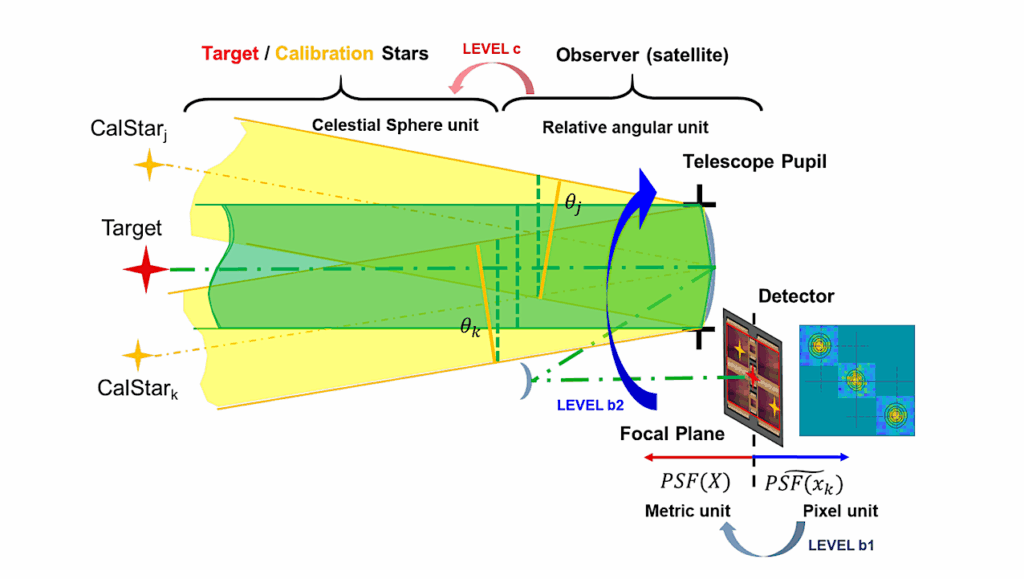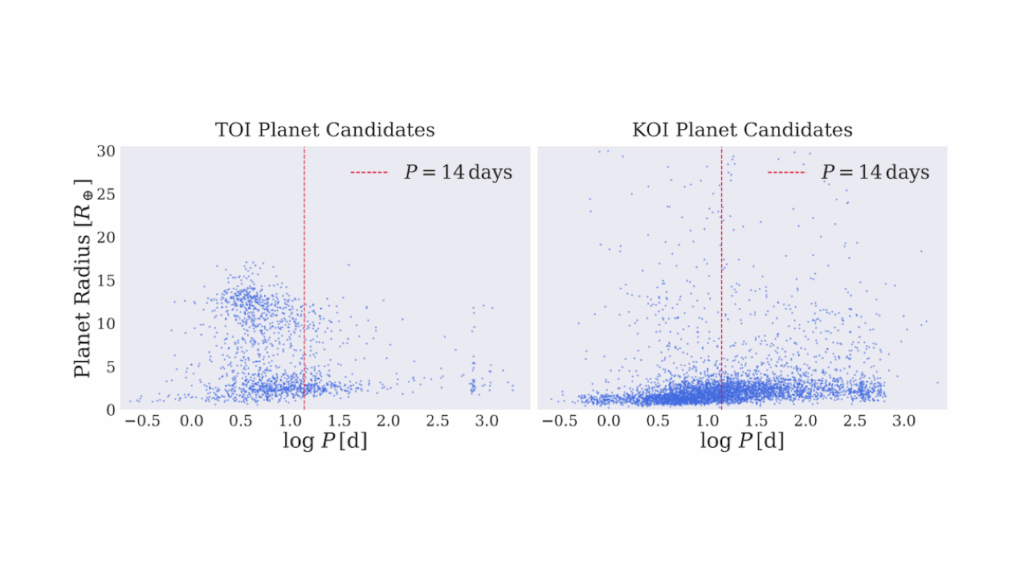High-Resolution Transmission Spectroscopy of the Terrestrial Exoplanet GJ 486b

Terrestrial exoplanets orbiting M-dwarf stars are promising targets for transmission spectroscopy with existing or near-future instrumentation.
The atmospheric composition of such rocky planets remains an open question, especially given the high X-ray and ultraviolet flux from their host M-dwarfs that can drive atmospheric escape. The 1.3R⊕ exoplanet GJ 486b (Teq∼ 700 K), orbiting an M3.5 star, is expected to have one of the strongest transmission spectroscopy signals among known terrestrial exoplanets.
We observed three transits of GJ 486b using three different high-resolution spectrographs: IRD on Subaru, IGRINS on Gemini South, and SPIRou on the Canada-France-Hawai’i Telescope. We searched for atmospheric absorption from a wide variety of molecular species via the cross-correlation method, but did not detect any robust atmospheric signals.
Nevertheless, our observations are sufficiently sensitive to rule out several clear atmospheric scenarios via injection and recovery tests, and extend comparative exoplanetology into the terrestrial regime. Our results suggest that GJ 486b does not possess a clear H2/He dominated atmosphere, nor a clear 100% water-vapor atmosphere. Other high mean-molecular-weight secondary atmospheres or H2/He dominated atmospheres with clouds remain possible. Our findings provide further evidence suggesting that terrestrial planets orbiting M-dwarf stars may experience significant atmospheric loss.
Andrew Ridden-Harper, Stevanus Nugroho, Laura Flagg, Ray Jayawardhana, Jake D. Turner, Ernst de Mooij, Ryan MacDonald, Emily Deibert, Motohide Tamura, Takayuki Kotani, Teruyuki Hirano, Masayuki Kuzuhara, Masashi Omiya, Nobuhiko Kusakabe
Comments: Submitted to AJ
Subjects: Earth and Planetary Astrophysics (astro-ph.EP)
Cite as: arXiv:2212.11816 [astro-ph.EP] (or arXiv:2212.11816v1 [astro-ph.EP] for this version)
Submission history
From: Andrew Ridden-Harper
[v1] Thu, 22 Dec 2022 15:45:10 UTC (6,822 KB)
https://arxiv.org/abs/2212.11816
Astrobiology








